Home>diy>Architecture & Design>What Is Contemporary House Design
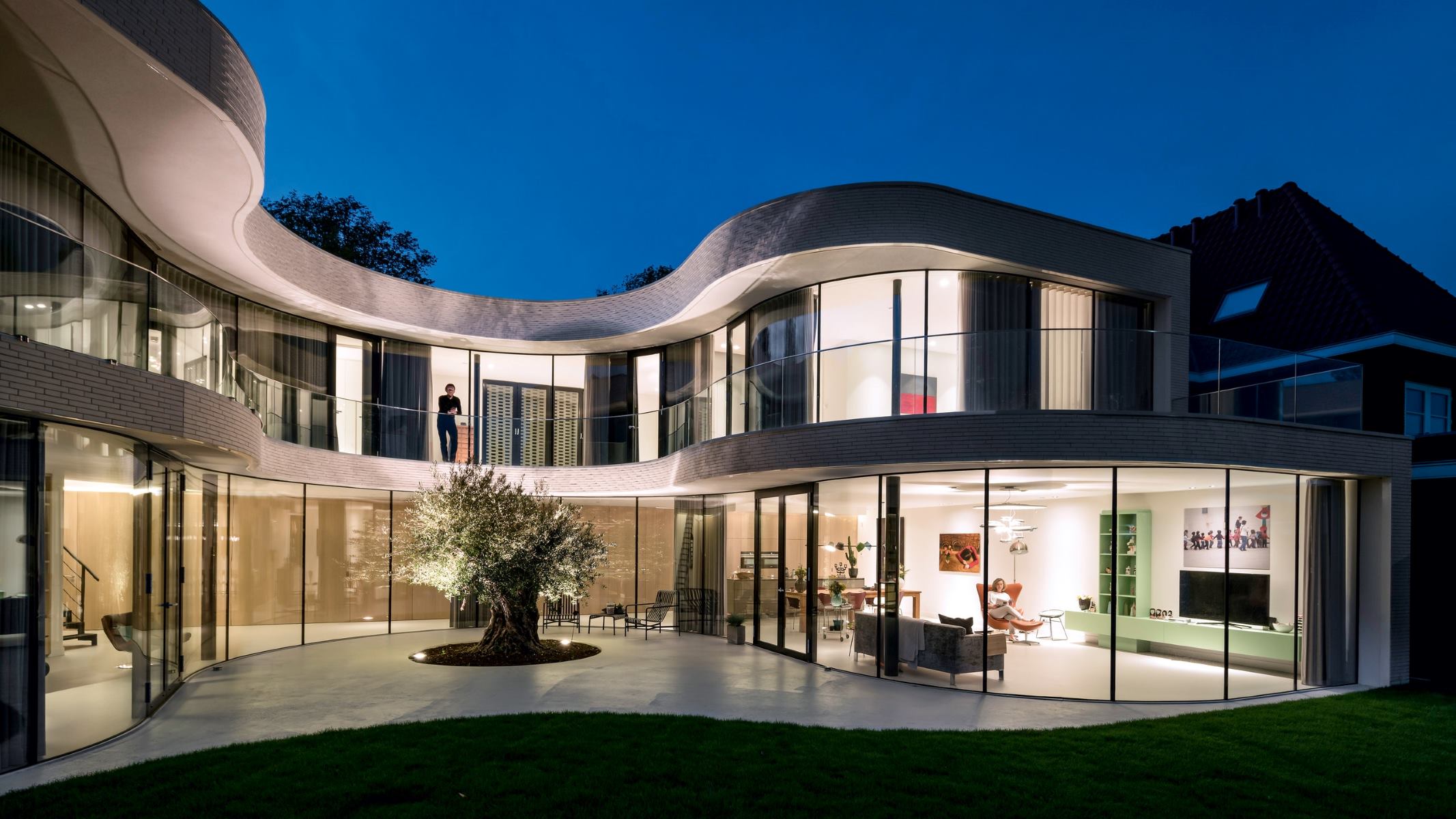

Architecture & Design
What Is Contemporary House Design
Modified: March 6, 2024
Discover the essence of contemporary house design in this comprehensive guide. Explore the latest trends and architectural designs that redefine modern living.
(Many of the links in this article redirect to a specific reviewed product. Your purchase of these products through affiliate links helps to generate commission for Storables.com, at no extra cost. Learn more)
Introduction
When it comes to architectural design, one style that has gained immense popularity in recent years is contemporary house design. This architectural movement emphasizes sleek lines, open spaces, and a harmonious blend of functionality and aesthetics. From its clean and minimalist design to its focus on sustainability, contemporary house design offers a fresh take on modern living.
Contemporary house design embodies the spirit of the present, embracing the latest design trends and technologies. It breaks away from traditional architectural styles and adopts an innovative approach that resonates with the fast-paced, ever-evolving world we live in. With an emphasis on simplicity and adaptability, contemporary house design provides homeowners with a flexible living space that can easily be customized to meet their needs.
In this article, we will explore the concept of contemporary house design and delve into its key elements. We will discuss the use of materials, the integration of indoor and outdoor spaces, and the principles of sustainability that guide this architectural style. So, let’s dive in and discover the fascinating world of contemporary house design.
Key Takeaways:
- Contemporary house design emphasizes simplicity, functionality, and sustainability. It creates adaptable living spaces that blur the boundaries between indoor and outdoor areas, fostering a harmonious connection with nature.
- Minimalism is a key element of contemporary house design, promoting clean, uncluttered spaces that bring a sense of calm and tranquility. The integration of sustainable materials and energy-efficient systems aligns with environmental responsibility, creating a healthier living environment.
Read more: What Is Contemporary Interior Design
Concept of Contemporary House Design
Contemporary house design is all about embracing the present and looking towards the future. It is characterized by clean lines, minimalism, and a focus on functionality. The concept revolves around creating a living space that is responsive to the needs and desires of the inhabitants, while also showcasing innovative design elements.
Unlike traditional architectural styles that are rooted in history and specific cultural influences, contemporary house design is defined by its forward-thinking approach. It draws inspiration from various design movements and incorporates them into a cohesive and modern design language.
One of the key aspects of contemporary house design is its emphasis on open and flexible floor plans. The concept focuses on creating large, uninterrupted spaces that allow for a seamless flow between rooms. This not only enhances the visual appeal of the house but also facilitates natural light and ventilation to penetrate throughout the space.
Contemporary house design also places a strong emphasis on the integration of indoor and outdoor spaces. This is achieved through the use of large windows, sliding glass doors, and seamless transitions between the interior and exterior. By blurring the boundaries between indoor and outdoor living, contemporary house design creates a sense of harmony with nature and fosters a connection with the surrounding environment.
Another defining characteristic of contemporary house design is its commitment to sustainability. The concept incorporates eco-friendly materials, energy-efficient systems, and sustainable design practices to minimize the environmental impact of the house. From solar panels and rainwater harvesting systems to recycled building materials, contemporary houses strive to create a more sustainable and environmentally conscious living experience.
Overall, the concept of contemporary house design is about creating a living space that is reflective of the present and embraces the latest design trends. It combines clean lines, open spaces, and a focus on functionality to provide residents with a modern and comfortable living experience.
Elements of Contemporary House Design
Contemporary house design is characterized by several key elements that define its unique and modern aesthetic. These elements work in harmony to create a cohesive and visually appealing living space. Let’s explore them in more detail:
Simple and Clean Lines: One of the hallmarks of contemporary house design is the use of simple, clean lines. The architecture avoids excessive ornamentation and embraces minimalism. Straight lines and geometric shapes contribute to the sleek and streamlined appearance of contemporary homes.
Large Windows and Natural Light: Contemporary houses often feature expansive windows that let in ample natural light. This not only creates a bright and airy interior but also blurs the distinction between indoor and outdoor spaces. Windows are strategically placed to maximize views and create a connection with the surrounding environment.
Open Floor Plans: Contemporary house design embraces open floor plans, where rooms connect seamlessly without the need for walls and partitions. This layout enhances the flow of space and promotes a sense of unity and spaciousness. Open floor plans also allow for versatility and flexibility in terms of furniture arrangement and personalization.
Neutral Color Palettes: Neutral color schemes dominate contemporary house design. Whites, grays, and earth tones are commonly used to create a clean, timeless backdrop that allows other design elements to shine. pops of color may be incorporated through artwork or furnishings for visual interest.
Minimalist Furnishings: Contemporary house design favors minimalist furnishings that complement the simplicity of the overall design. Clean lines, sleek materials, and functionality are key considerations. Furniture pieces are often low-profile and uncluttered, contributing to the overall sense of spaciousness.
Innovative and Sustainable Materials: The use of innovative and sustainable materials is a crucial element of contemporary house design. This includes materials like recycled wood, eco-friendly insulation, and energy-efficient windows. By prioritizing sustainability, contemporary houses strive to minimize environmental impact and create healthier living environments.
Integration of Technology: Contemporary homes often feature the integration of advanced technology. This can include smart home systems, energy management systems, and home automation. Technology is seamlessly incorporated into the design to enhance convenience, efficiency, and comfort.
These elements collectively contribute to the distinctive look and feel of contemporary houses. They create a harmonious balance between form and function, providing residents with a modern and aesthetically pleasing living space.
Use of Materials in Contemporary House Design
The choice of materials in contemporary house design plays a vital role in defining the overall aesthetic and feel of the space. Contemporary designers opt for materials that are not only visually appealing but also sustainable and durable. Let’s explore some commonly used materials in contemporary house design:
Concrete: Concrete is a versatile material that is often utilized in contemporary house design. It offers a clean, industrial look and can be used for walls, floors, and countertops. Concrete is prized for its durability and ability to create a sleek and minimalist aesthetic.
Glass: Glass is a key material in contemporary house design as it helps create a sense of openness and connection to the outside environment. Large windows, sliding glass doors, and glass partitions are common features in contemporary homes. Considerations for energy efficiency lead to the use of double-glazed or low-emissivity glass.
Wood: Wood is a timeless material that brings warmth and natural beauty to contemporary houses. It can be used for flooring, cabinetry, and furniture. Sustainable and responsibly sourced wood, such as bamboo or reclaimed wood, is often favored to align with the eco-conscious principles of contemporary design.
Metal: Contemporary house design often incorporates metal elements like steel, aluminum, or glass-reinforced concrete (GRC). These materials are used for structural support, façade cladding, and creating sleek, modern accents. Metal is appreciated for its durability and ability to blend seamlessly with other design elements.
Brick: Brick is a versatile material that adds texture and visual interest to contemporary house design. It can be used for exterior walls, accent walls, or as a backdrop for outdoor areas. Bricks can be left exposed for an industrial look or painted to match the desired aesthetic.
Stones: Natural stones, such as granite or marble, are often used in contemporary house design to add a sense of luxury and sophistication. They are commonly found in flooring, countertops, and feature walls. These materials offer durability, timeless beauty, and a touch of elegance to the overall design.
Eco-friendly Materials: Contemporary house design places a strong emphasis on sustainability. Eco-friendly materials like recycled glass, bamboo, and reclaimed wood are frequently incorporated to minimize the environmental impact of construction. These materials not only contribute to a more sustainable living environment but also add unique character and texture to the design.
By carefully selecting and combining these materials, contemporary house design achieves a harmonious balance between aesthetics, functionality, and sustainability. The use of these materials creates a visually stunning and environmentally conscious living space.
Open Floor Plans in Contemporary House Design
One of the defining features of contemporary house design is the incorporation of open floor plans. This architectural concept eliminates unnecessary walls and partitions, creating a seamless flow and spaciousness throughout the living space. Open floor plans have become increasingly popular for their ability to enhance the functionality, aesthetics, and social aspects of modern homes.
Open floor plans in contemporary house design offer numerous benefits. They create a sense of spaciousness and openness, allowing natural light to permeate throughout the space. The absence of walls and partitions promotes a smooth and uninterrupted flow between different areas, fostering a feeling of connectivity and unity within the home.
By eliminating physical barriers, open floor plans cultivate a versatile and adaptable living environment. Homeowners have the freedom to customize and rearrange their living spaces to meet their unique needs and lifestyles. Furniture placement becomes more flexible, enabling seamless transitions between different activities and accommodating gatherings or events with ease.
Open floor plans also encourage social interaction and engagement. Whether it’s hosting a dinner party or simply keeping an eye on children, the open design allows for easy communication and connection between family members and guests. The fluidity of the layout promotes a sense of togetherness and encourages a vibrant social atmosphere.
In addition to enhancing functionality and social interaction, open floor plans maximize natural light and views. Large windows and glass doors are commonly incorporated in contemporary house design, allowing abundant sunlight to filter into the space. This not only creates a bright and cheerful atmosphere but also enhances the visual connection with the outdoors, blurring the distinction between indoor and outdoor living.
However, it is important to note that open floor plans may have some considerations. Privacy and noise control can be a challenge in open layouts, particularly in multi-functional or shared spaces. The strategic placement of objects, furniture, and creative use of room dividers can help provide a sense of privacy and delineate specific zones within the open space.
Overall, open floor plans are a hallmark of contemporary house design, creating a seamless and spacious living environment. They promote a sense of connectivity, flexibility, and social interaction while maximizing natural light and views. Whether it’s a cozy apartment or a sprawling villa, open floor plans offer a modern and adaptable living experience that appeals to the needs and desires of today’s homeowners.
Contemporary house design emphasizes clean lines, open spaces, and natural light. Use neutral colors and minimalistic furniture to achieve a modern look.
Read more: How To Design A Contemporary Living Room
Minimalism in Contemporary House Design
Minimalism is a fundamental principle of contemporary house design. It embraces simplicity, clean lines, and a decluttered aesthetic. Minimalist design focuses on the essentials, creating a sense of calm and serenity within the living space. In contemporary house design, minimalism is not just a style choice, but a way of life.
Minimalism in contemporary house design is reflected in various aspects of the home, including architecture, interior design, and furnishings. Here are some key elements of minimalism in contemporary house design:
Clean Lines: Contemporary house design avoids excessive ornamentation and favors clean, straight lines. This creates a sense of order and simplicity, allowing the beauty of the design to shine through without distractions. From the architectural structure to furniture and fixtures, clean lines are a defining characteristic of minimalist design.
Neutral Color Palette: Minimalist design often features a neutral color palette, consisting of whites, grays, and earth tones. These colors create a soothing and timeless backdrop that enhances the sense of calm and tranquility in the space. Bright pops of color may be sparingly used to add visual interest and focal points.
Decluttered Spaces: Minimalism encourages a clutter-free environment. In contemporary house design, spaces are carefully curated, with only essential items on display. Storage solutions are integrated seamlessly to keep belongings out of sight and maintain a clean and organized living area.
Simple Furnishings: Furniture in minimalist design is characterized by clean lines, geometric shapes, and functionality. Pieces are often low-profile and uncluttered, with a focus on practicality. The aim is to create a harmonious balance between form and function, ensuring that each piece serves a purpose without overwhelming the space.
Focus on Natural Light: Minimalist design maximizes the use of natural light to create an airy and spacious feel. Large windows and open floor plans allow sunlight to flood the space, eliminating the need for excessive artificial lighting. This not only reduces energy consumption but also promotes a connection with nature and the outdoors.
Emphasis on Negative Space: Negative space, also known as empty or white space, is a crucial element in minimalist design. It allows the eye to rest and brings harmony and balance to the overall composition. By incorporating negative space, contemporary house design achieves a sense of calm and simplicity.
Minimalism in contemporary house design goes beyond aesthetics. It represents a lifestyle choice, prioritizing quality over quantity and focusing on what truly matters. By embracing minimalism, homeowners can create a space that promotes clarity of mind, enhances well-being, and fosters a sense of peace and tranquility.
Integration of Indoor and Outdoor Spaces in Contemporary House Design
In contemporary house design, the integration of indoor and outdoor spaces is a key aspect that enhances the overall living experience. This concept breaks down the barriers between the inside and outside, creating a seamless transition and blurring the distinction between interior and exterior living areas. Here are some ways in which contemporary house design achieves this integration:
Large Windows and Doors: Contemporary homes often feature expansive windows and sliding glass doors that open up to outdoor areas. These architectural elements not only allow ample natural light to enter the space but also provide unobstructed views of the surrounding landscape. They create a visual connection between the indoors and outdoors, making residents feel more connected to nature.
Outdoor Living Spaces: Contemporary house design often incorporates dedicated outdoor living areas, such as patios, decks, and terraces. These spaces are designed as an extension of the indoor living space, offering opportunities for relaxation, entertainment, and dining. They are furnished with comfortable outdoor furniture and accessories to create a seamless transition between indoor and outdoor living.
Uncovered and Covered Outdoor Areas: Contemporary house design includes both uncovered and covered outdoor areas. The uncovered areas may feature open-air patios or spaces for gardening and outdoor activities. Covered outdoor areas, such as verandas or pergolas, provide shade and protection from the elements, allowing residents to enjoy the outdoors in any weather.
Seamless Flooring Materials: To achieve a cohesive indoor-outdoor flow, contemporary house design often utilizes the same or similar flooring materials in both the indoor and outdoor areas. This creates a visual continuity and extends the sense of space from inside to outside. Popular flooring options include concrete, natural stone, or composite materials that can withstand outdoor elements.
Outdoor Kitchens and Dining Areas: Many contemporary homes feature outdoor kitchens and dining areas, allowing residents to cook, entertain, and enjoy meals in an al fresco setting. These areas are equipped with grills, countertops, sinks, and seating, providing a functional and inviting space for outdoor dining and gatherings.
Vegetation and Landscaping: Contemporary house design often incorporates landscaping and vegetation to enhance the integration of indoor and outdoor spaces. Thoughtful placement of greenery, such as trees, shrubs, and gardens, helps visually connect the indoor and outdoor areas. The natural elements bring tranquility, softness, and a sense of harmony to the overall design.
Privacy and Screening: While integrating indoor and outdoor spaces, privacy is still an important consideration. Contemporary house design utilizes various techniques to ensure privacy, such as landscaping, strategic placement of vegetation, and the use of architectural elements like screens or partitions.
The seamless integration of indoor and outdoor spaces in contemporary house design enhances the living experience by expanding the usable space, connecting residents with nature, and fostering a sense of openness. It allows for a harmonious coexistence with the surrounding environment and promotes a lifestyle that celebrates the beauty of both indoor and outdoor living.
Sustainable Design Practices in Contemporary House Design
Sustainability is a core principle of contemporary house design. This architectural style embraces eco-friendly design practices that reduce environmental impact and promote a healthier living environment. Contemporary houses strive to blend functionality and aesthetics with sustainable materials, energy efficiency, and resource conservation. Here are some sustainable design practices commonly found in contemporary house design:
Energy Efficiency: Contemporary houses incorporate various energy-efficient features to reduce energy consumption. This includes the use of energy-efficient appliances, LED lighting, smart thermostats, and high-quality insulation. Solar panels are often integrated into the design to harness renewable energy and lower reliance on traditional power sources. These energy-saving measures not only reduce environmental impact but also result in significant cost savings for homeowners.
Passive Design: Contemporary house design maximizes the use of natural light, ventilation, and passive heating and cooling techniques. Large windows, skylights, and strategically placed openings are used to optimize natural lighting, reducing the need for artificial lighting during the day. Passive ventilation systems, such as cross-ventilation and natural airflow, are employed to minimize reliance on mechanical cooling systems. This passive design approach minimizes energy consumption and enhances the overall comfort of the living space.
Water Efficiency: Water conservation is a critical aspect of sustainable design. Contemporary house design incorporates water-efficient fixtures, such as low-flow toilets and faucets, as well as rainwater harvesting systems. Greywater systems are often implemented to reuse water from sinks and showers for irrigation purposes. Landscaping choices focus on drought-tolerant plants and efficient irrigation systems to minimize water consumption while maintaining an attractive outdoor space.
Use of Sustainable Materials: Contemporary house design prioritizes the use of sustainable and eco-friendly materials throughout the construction process. This includes utilizing recycled or reclaimed materials, such as reclaimed wood or recycled glass, which reduces the demand for new resources. Locally sourced materials are chosen to minimize transportation pollution, and certification programs, such as Forest Stewardship Council (FSC) certification, are followed to ensure responsible sourcing of wood products.
Waste Reduction and Recycling: Efforts are made in contemporary house design to minimize waste during construction and promote recycling practices. Construction waste is carefully managed and recycled wherever possible. Waste reduction strategies, such as designing with modular components and prefabricated elements or repurposing existing structures, are employed to minimize landfill waste and conserve resources.
Biophilic Design: Biophilic design principles are often integrated into contemporary house design to reconnect residents with nature. This includes incorporating natural materials, such as wood and stone, and creating a strong connection to outdoor spaces. Indoor plants, living walls, and green roofs are incorporated to improve air quality, reduce stress, and enhance the overall health and well-being of occupants.
Sustainable design practices in contemporary house design not only minimize environmental impact but also result in healthier and more comfortable living spaces. By incorporating these practices, contemporary houses offer a sustainable lifestyle that embraces the responsible use of resources and creates harmonious living environments.
Conclusion
Contemporary house design embodies modernity, innovation, and sustainability. From its clean lines and open floor plans to its integration of indoor and outdoor spaces, this architectural style offers a refreshing take on modern living. It embraces simplicity, functionality, and a holistic approach to design, creating homes that are not only visually appealing but also environmentally conscious.
The concept of contemporary house design prioritizes the needs and desires of homeowners. It provides versatile and adaptable living spaces that can be customized to suit individual lifestyles. The integration of indoor and outdoor spaces creates a seamless flow, blurring the boundaries between the interior and exterior. This fosters a connection with nature, promotes social interaction, and maximizes the use of natural light and ventilation.
Minimalism is a key element of contemporary house design, creating clean and uncluttered living spaces that bring a sense of calm and tranquility. The use of sustainable materials, energy-efficient systems, and waste reduction practices aligns with the principles of environmental responsibility and contributes to a healthier living environment.
Contemporary house design reflects the values of the present and embraces the latest design trends and technologies. It offers a fresh and forward-thinking approach to architecture that meets the evolving needs of residents. By combining aesthetics, functionality, and sustainability, contemporary houses provide a harmonious and balanced living experience.
In conclusion, contemporary house design reimagines the concept of modern living, prioritizing simplicity, versatility, and environmental consciousness. Whether it’s the integration of indoor and outdoor spaces, the use of sustainable materials, or the promotion of energy efficiency, contemporary houses offer a living experience that is not only visually striking but also environmentally responsible. As we continue to embrace a future-oriented mindset, contemporary house design will undoubtedly remain at the forefront of architectural innovation and inspire the way we live for years to come.
Frequently Asked Questions about What Is Contemporary House Design
Was this page helpful?
At Storables.com, we guarantee accurate and reliable information. Our content, validated by Expert Board Contributors, is crafted following stringent Editorial Policies. We're committed to providing you with well-researched, expert-backed insights for all your informational needs.
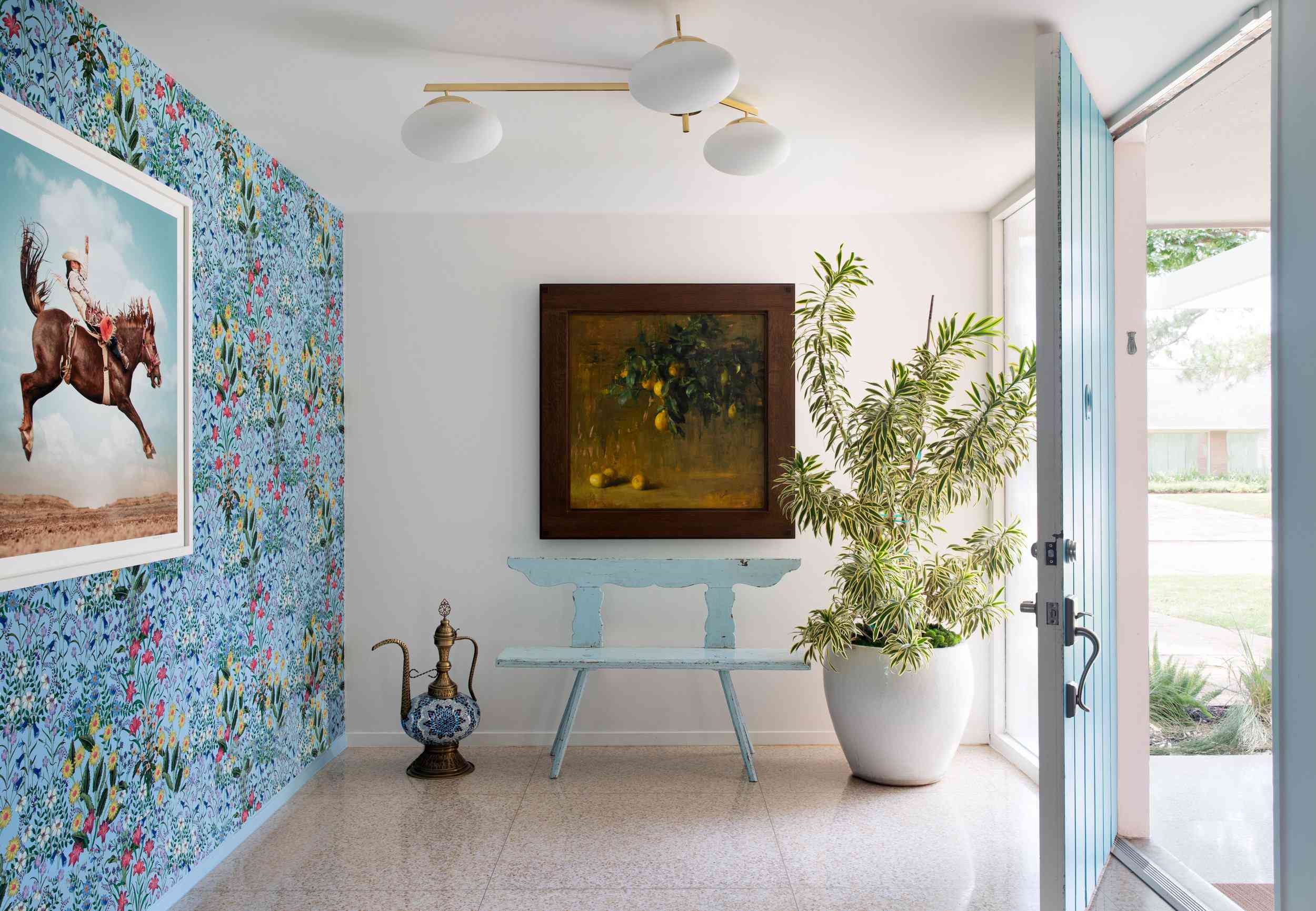
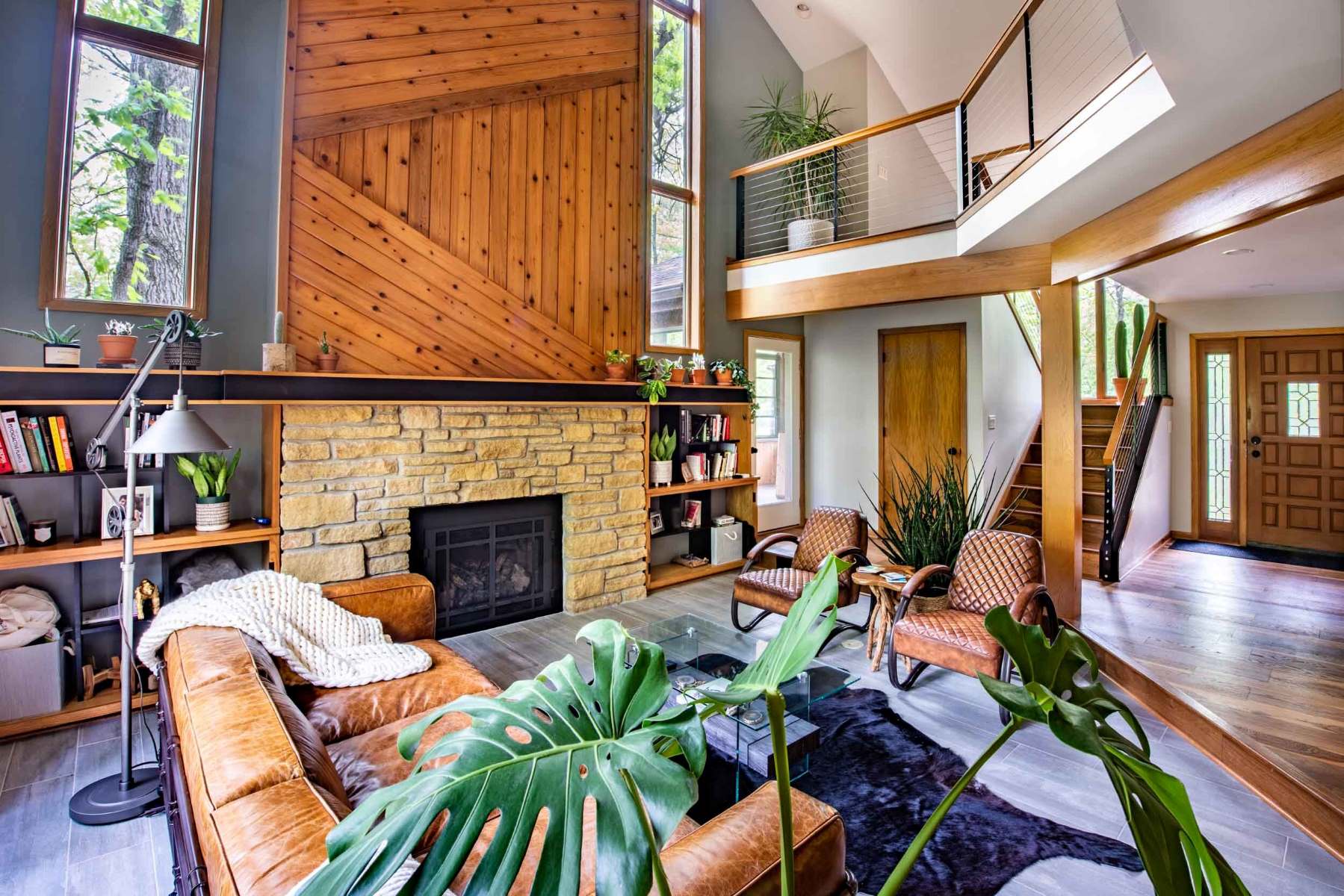

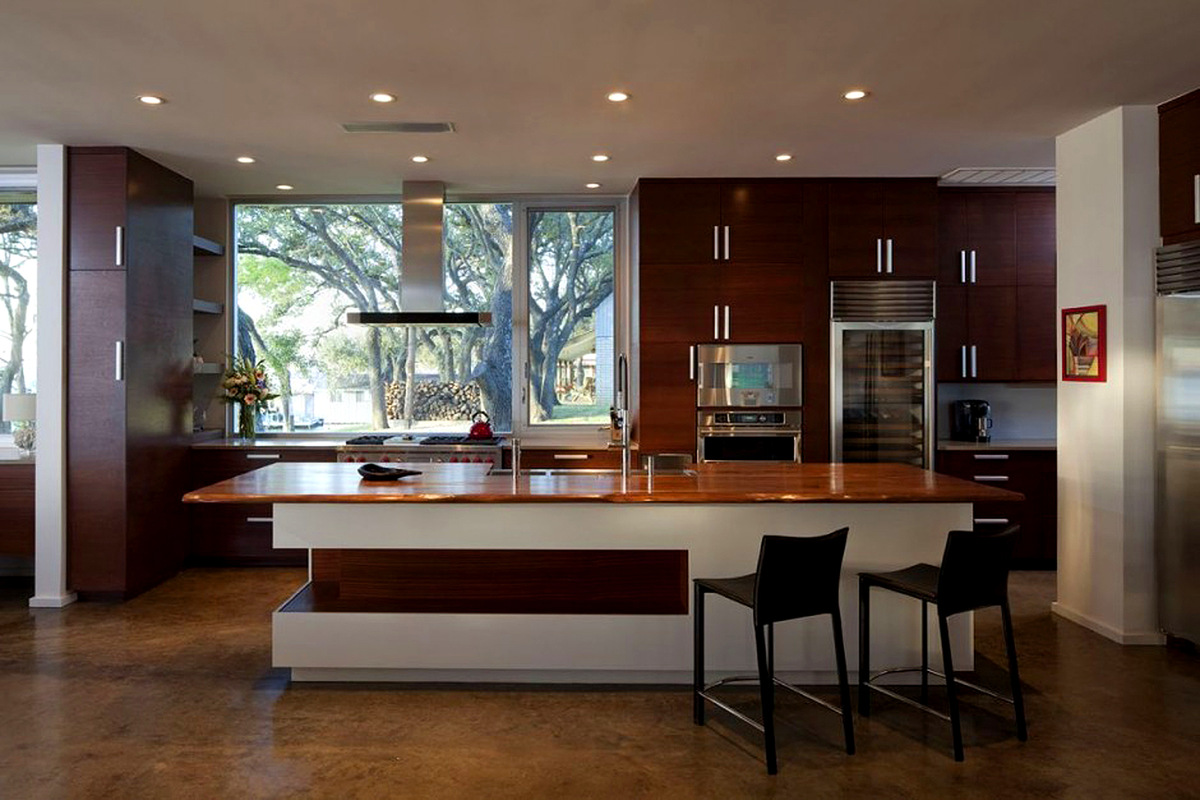
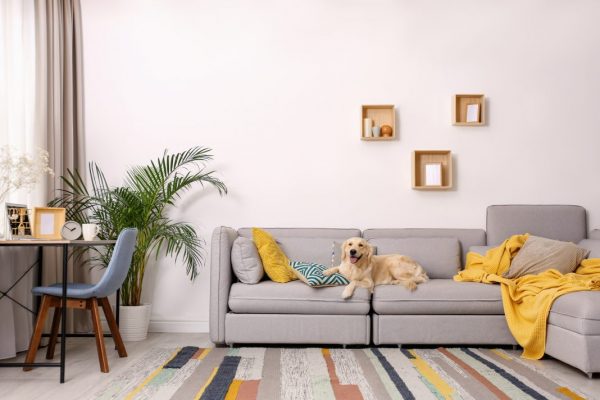
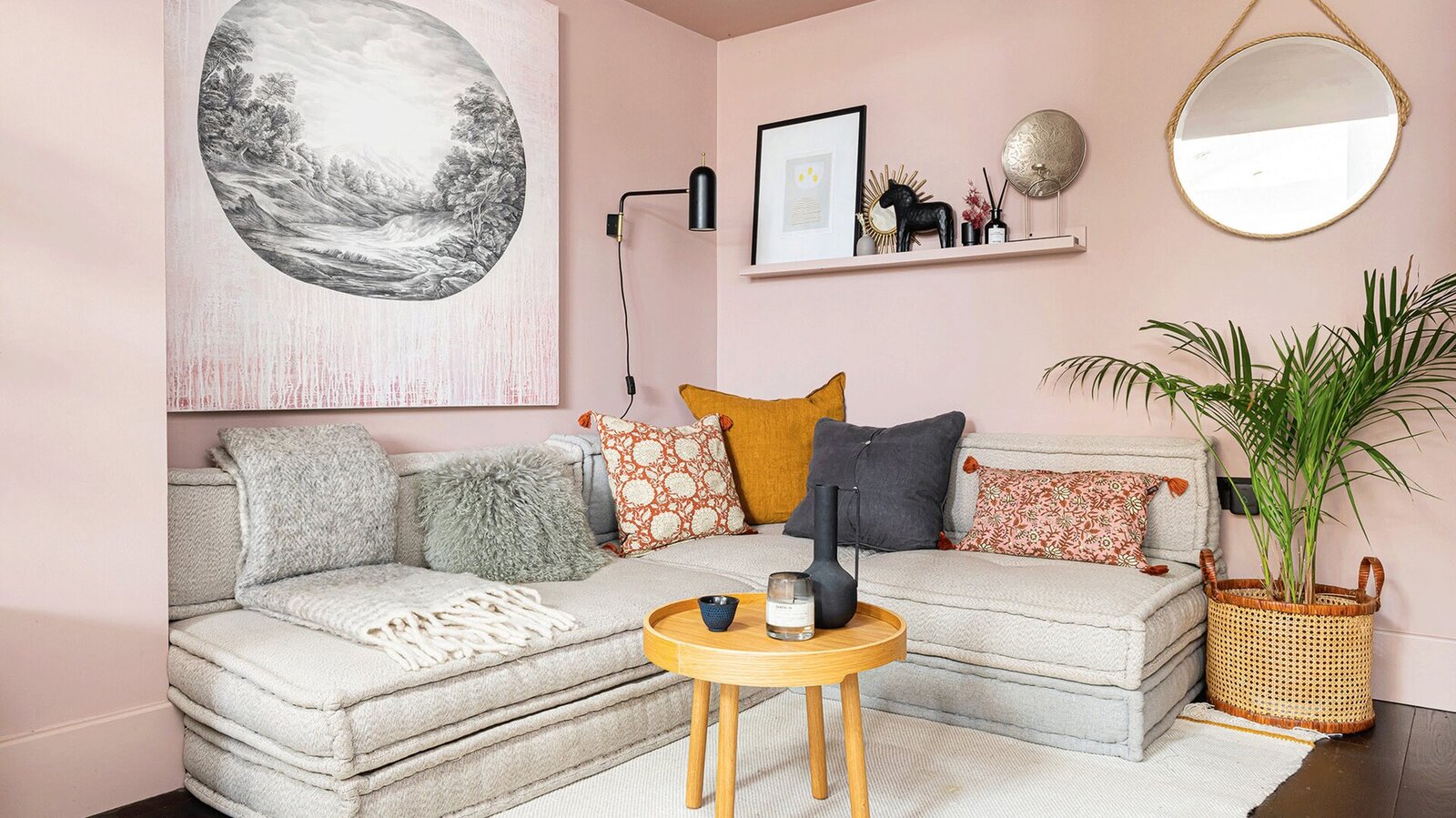



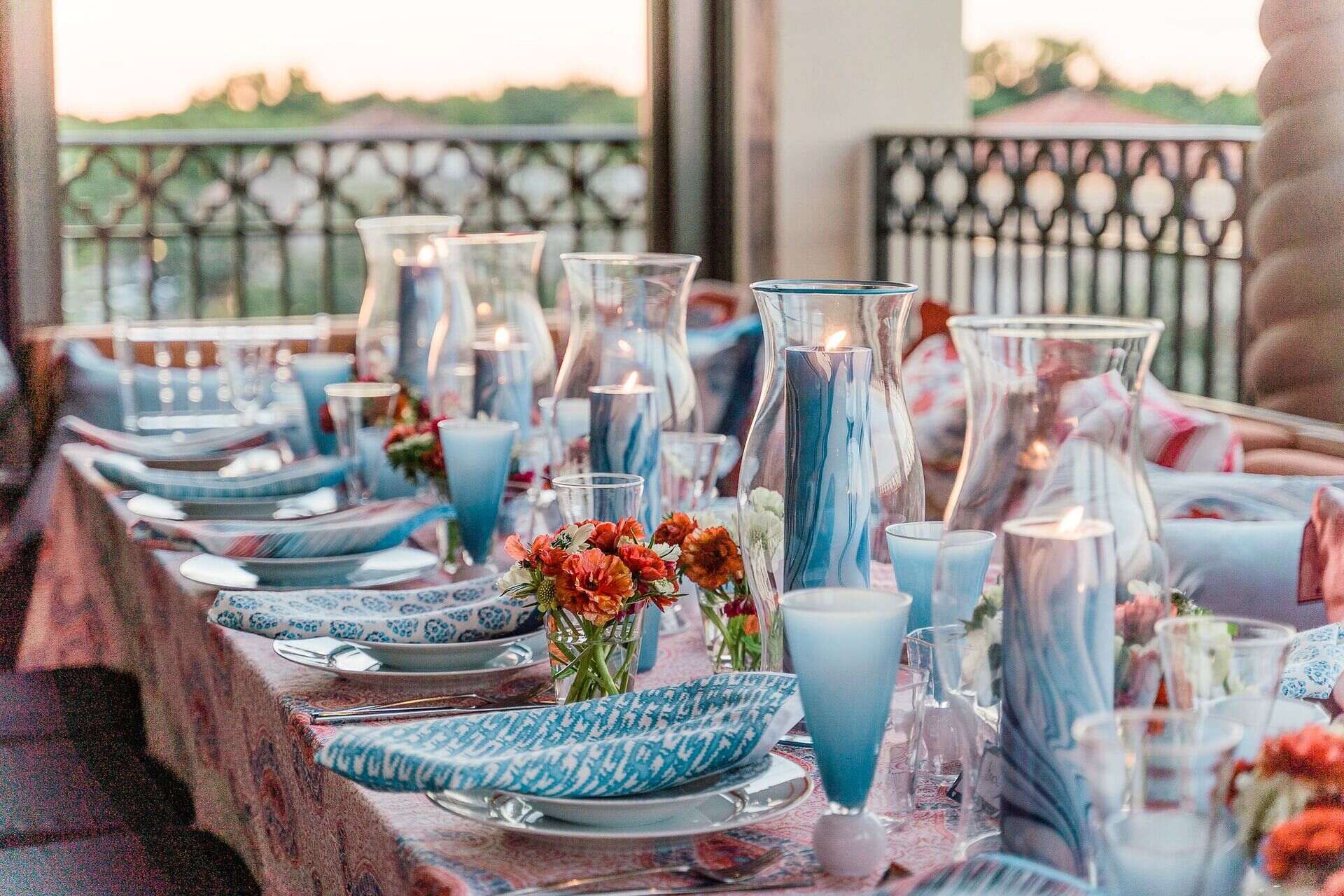


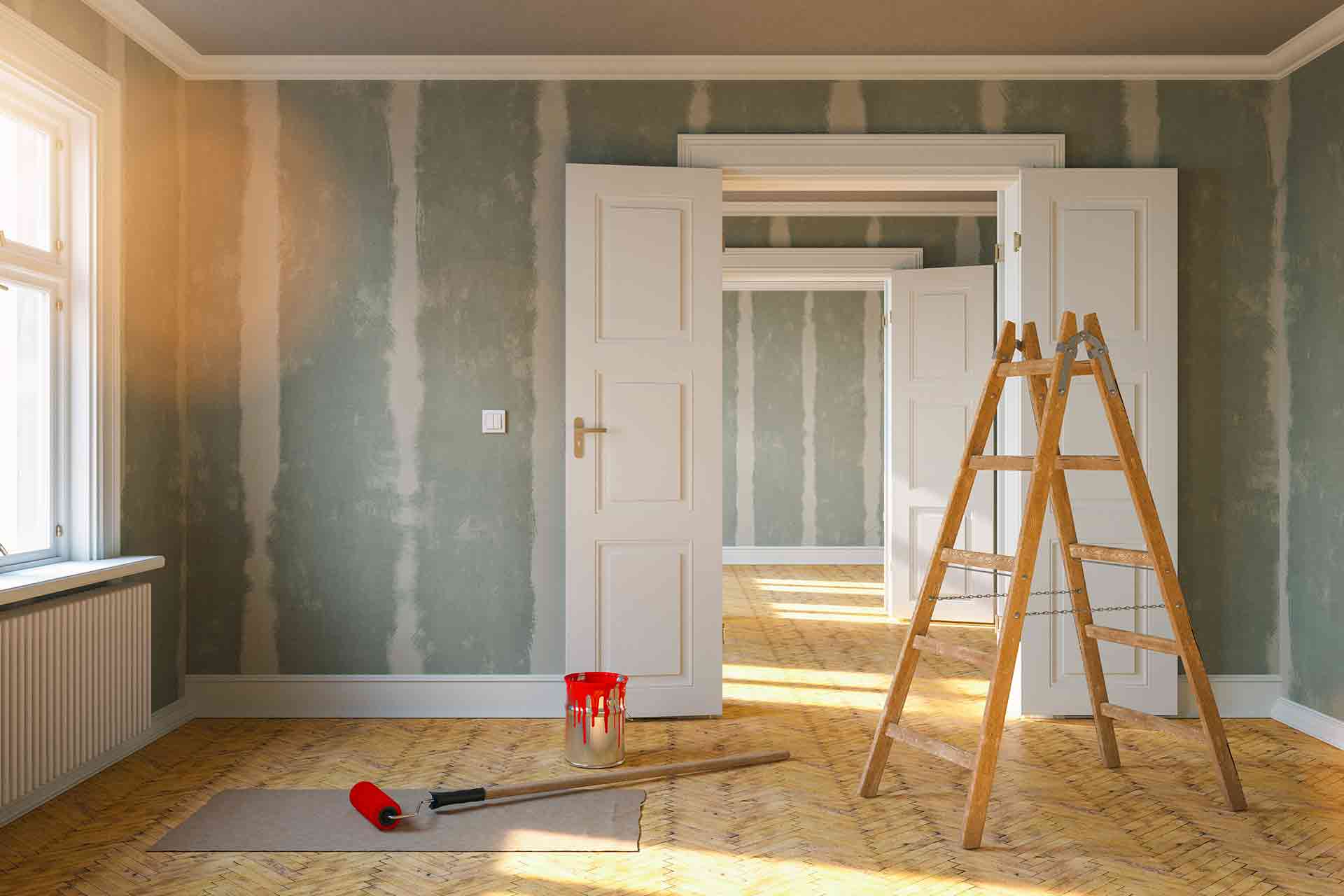
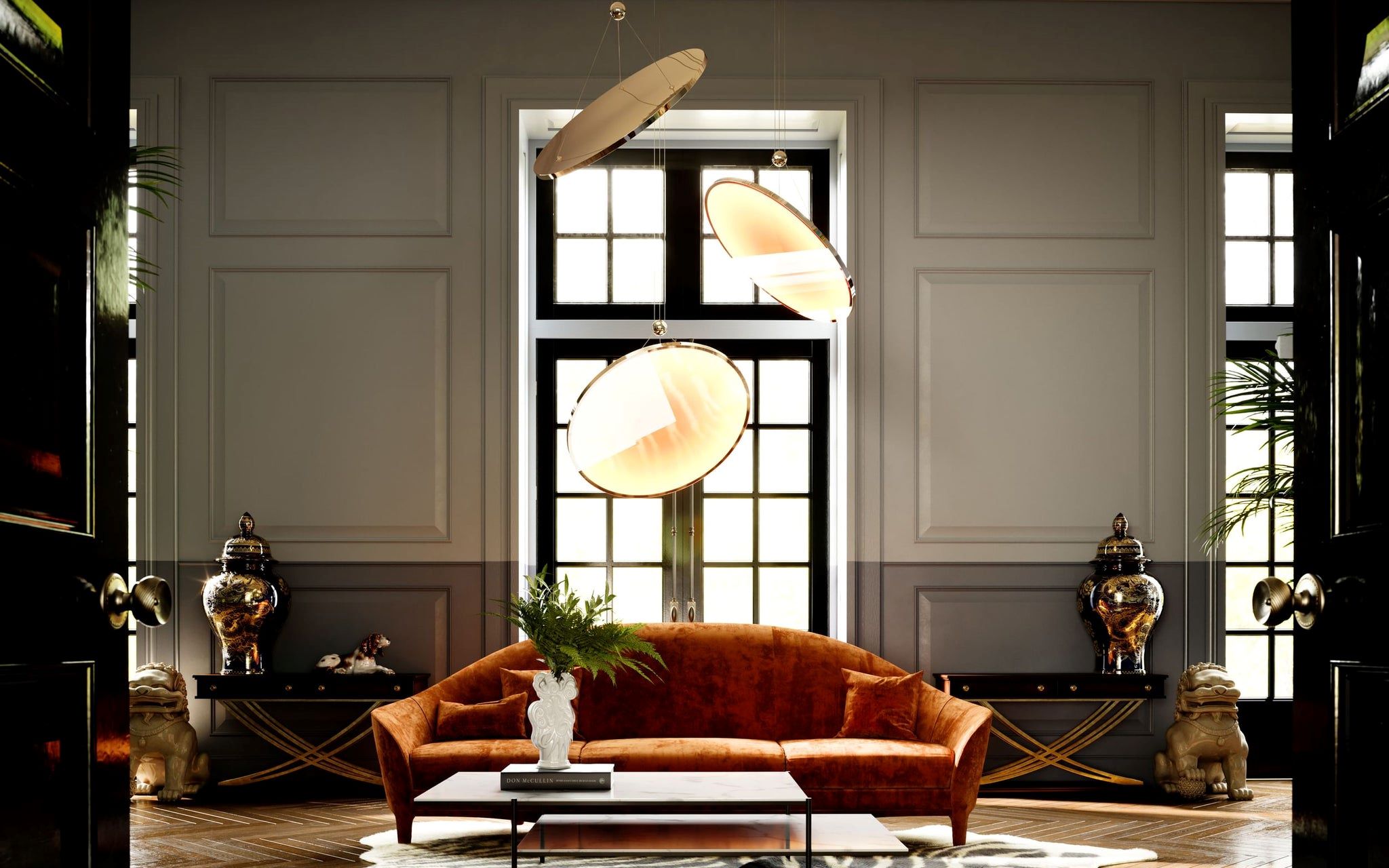

0 thoughts on “What Is Contemporary House Design”